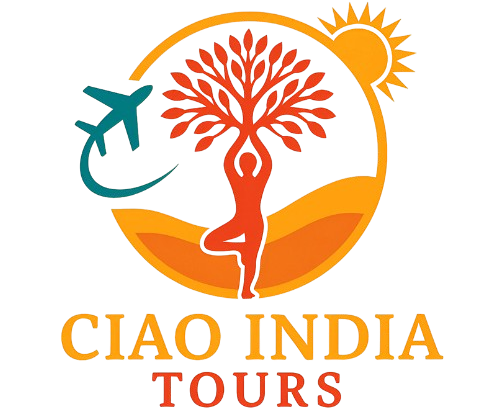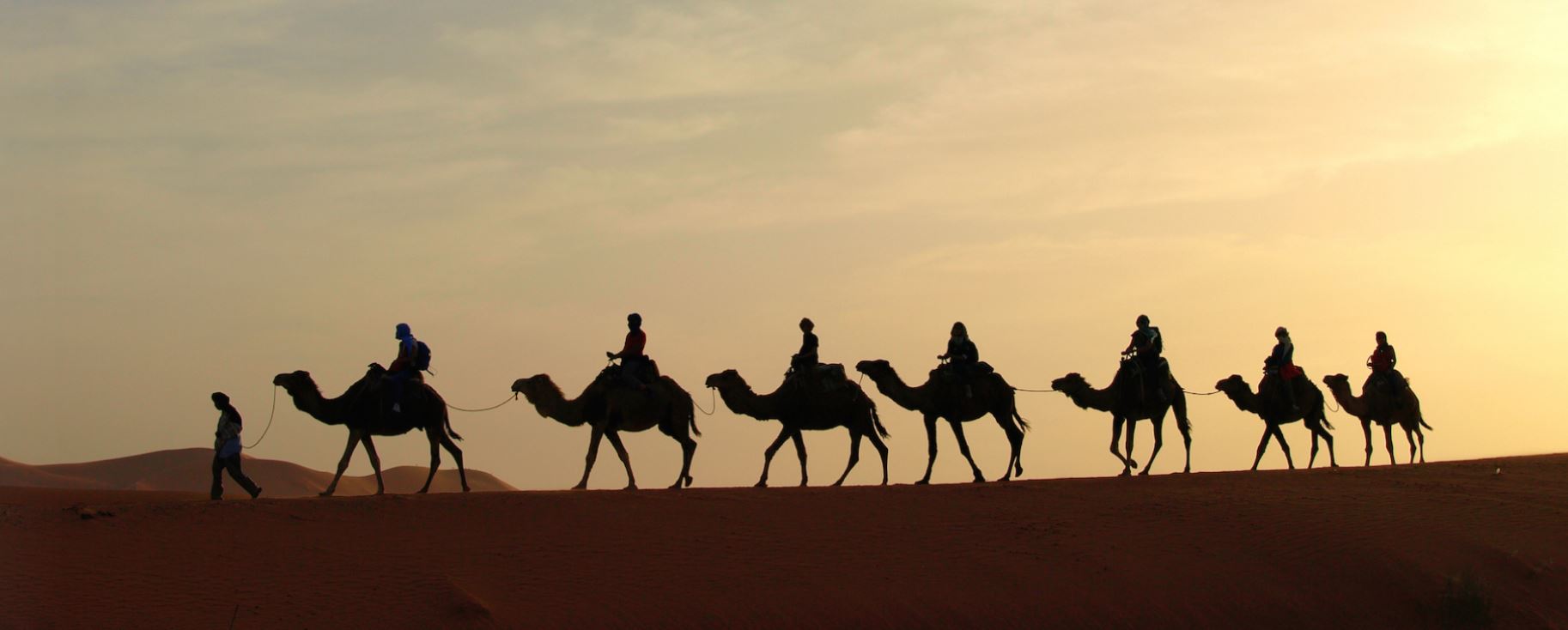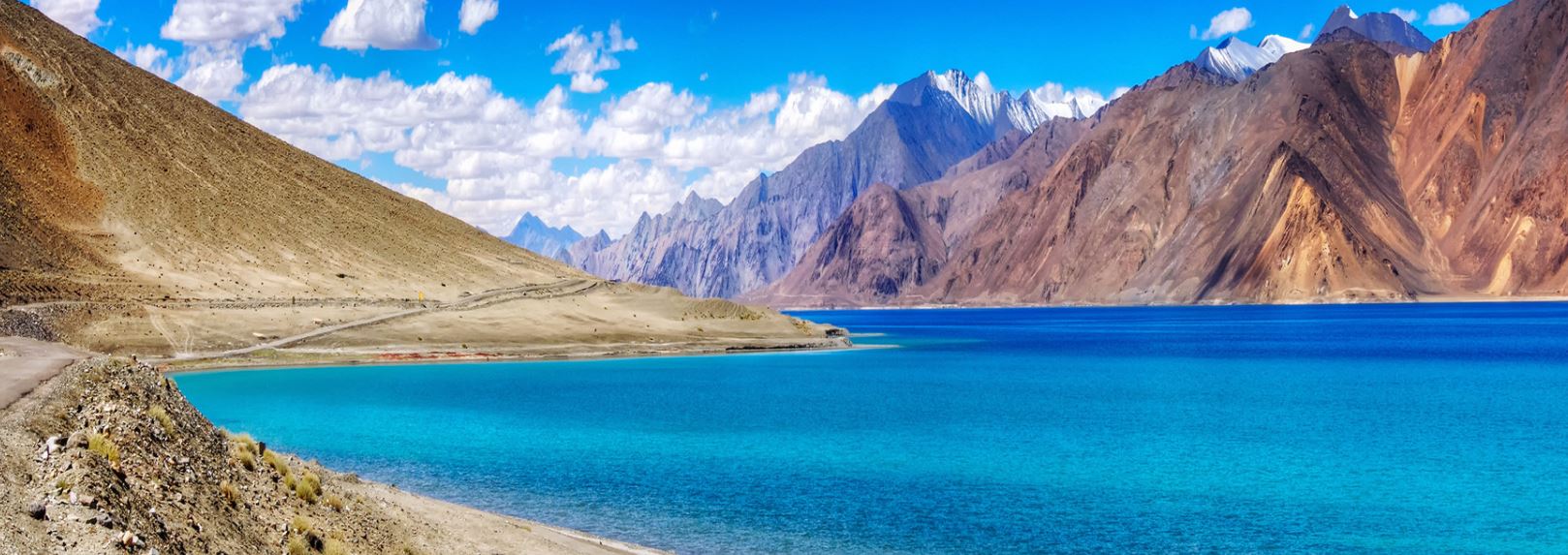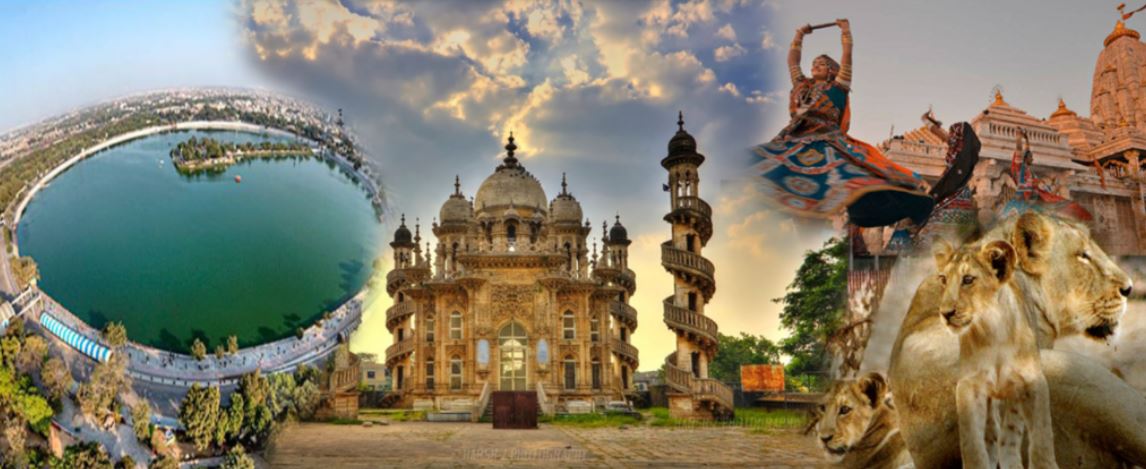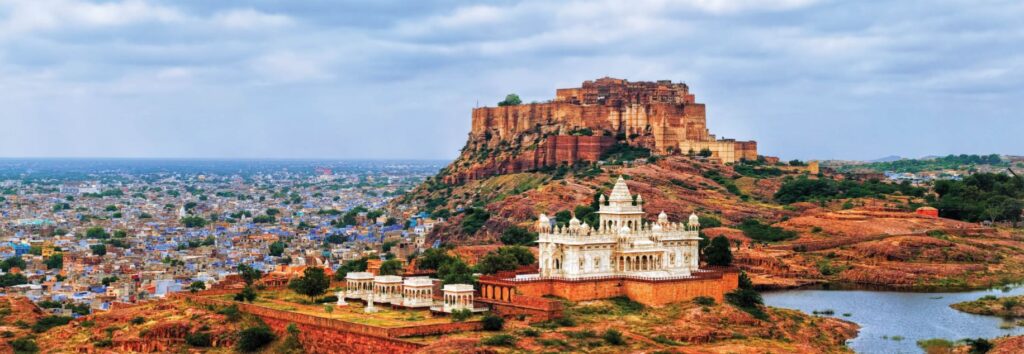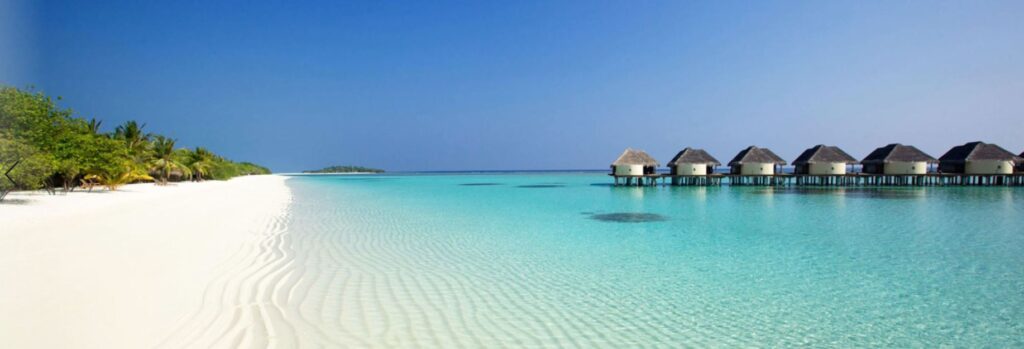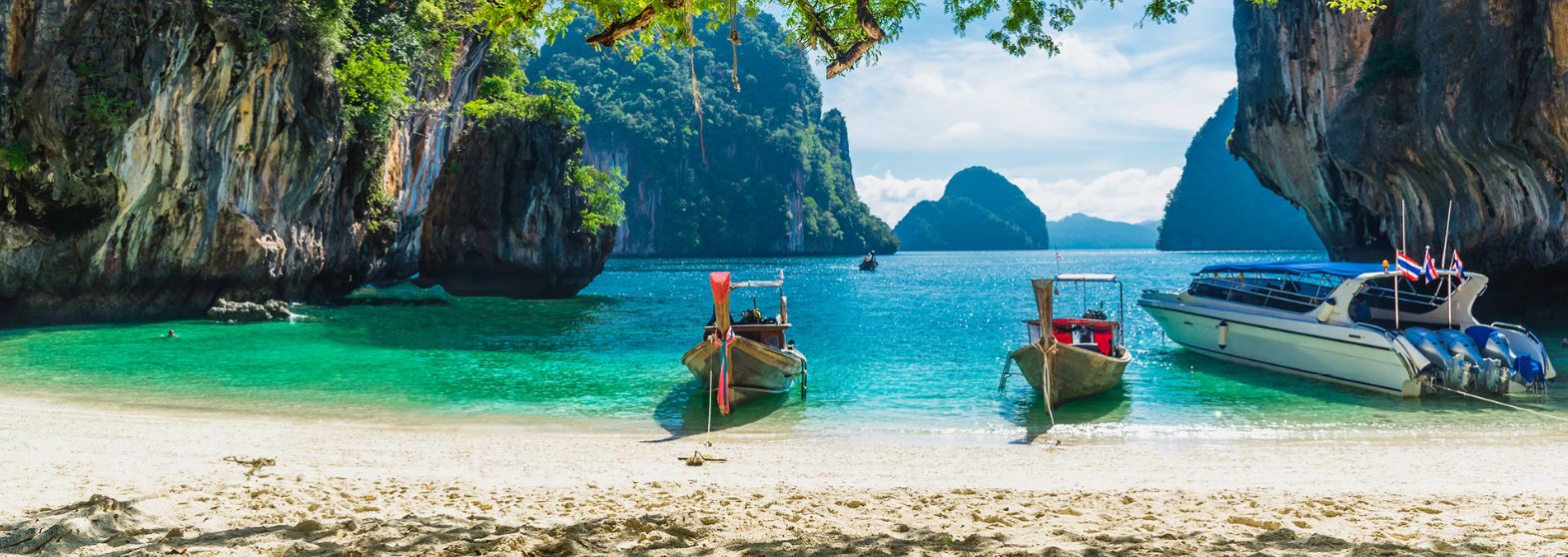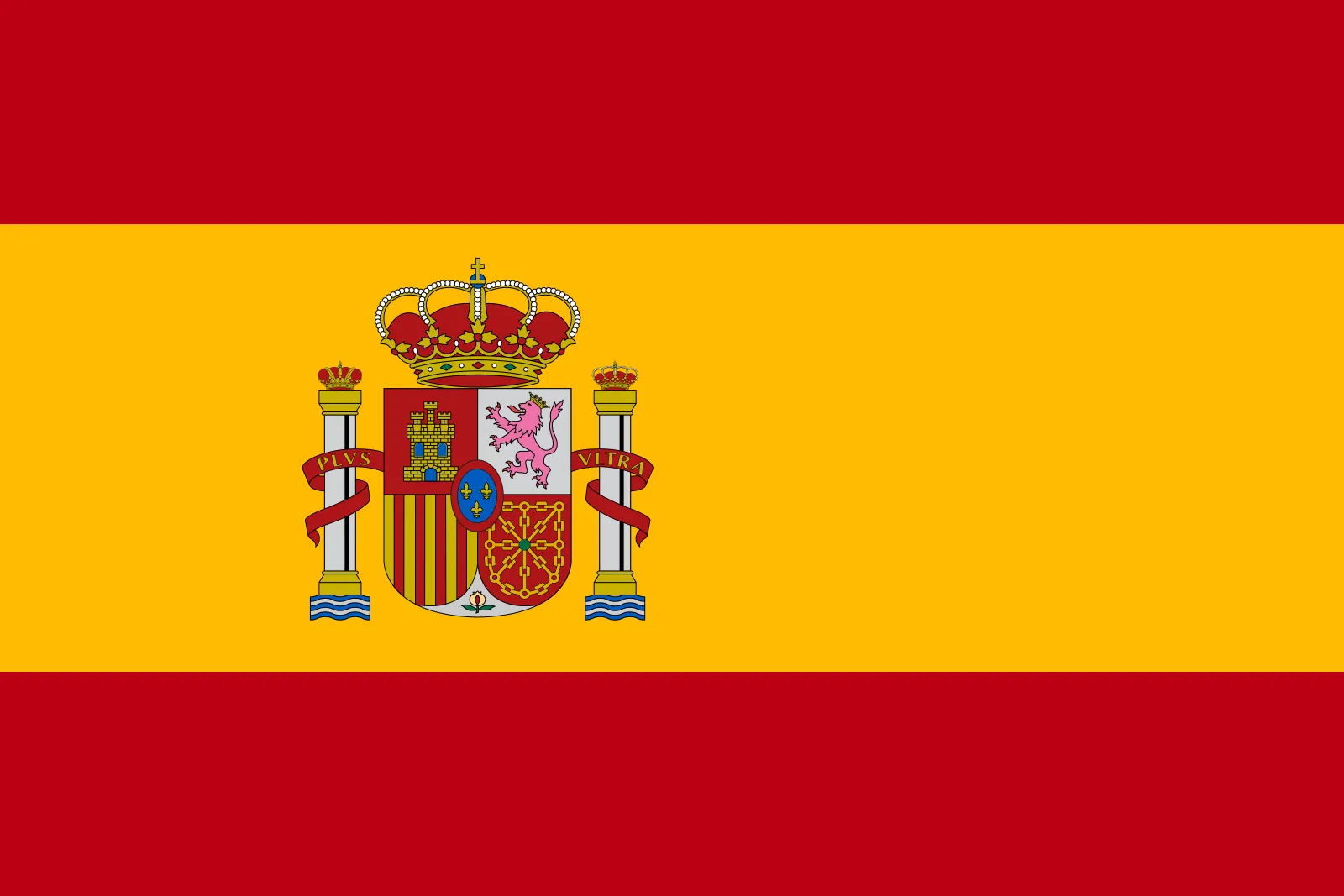All our tours are 100% customizable
Ladakh with Kashmir – 14 nights/15 days
Price to be reconfirmed – 1180 Euro/pp minimum -02 persons
Srinagar-Gulmarg-Sonmarg-Pahalgam-Drass-Kargil-Leh-Hunder-Sumur-Panamik-Nubra-Shyok-Pangong-Alchi-Leh
Arrival at the hotel and check-in. Standard Check-in 2.00pm / Check-out 12.00pm. Upon arrival, transfer to the Hotel.Overnight stay in Srinagar.
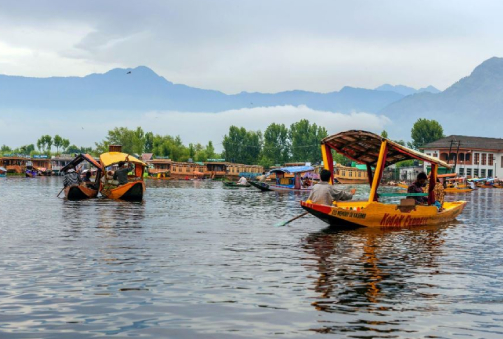
Day 2 Srinagar (Altitude 1,585 m)After breakfast the day begins.
Mughal Gardens: - The Bagh was built by the Mughal emperor Jahangir for his wife Noor Jahan, in 1619. The Bagh is considered to be the pinnacle of Mughal horticulture.
Cheshma Shahi: - Chashme Shahi originally derived its name from the spring discovered by the great saint of Kashmir, Rupa Bhawani, who was of the Sahib clan of Kashmiri Pandits.
Nishant Bagh:- The Bagh was designed and built in 1633 by Asif Khan, elder brother of Nur Jehan. An interesting anecdote about Emperor Shah Jahan's jealousy on seeing such a delightful garden, that he almost closed the garden for some time.
Shalimar: - The Shalimar Bagh is known for the chini khana, or arched niches, behind the waterfalls in the garden. They are a unique feature in the Bagh.
Visit Dal Lakh by Boat (Shikara).
There are total 8 points that you cans see during Shikara ride on Dal lake in Srinagar. Most of these are simple structures that you see as you pass through. While some others are like islands or shops where you can actually stop and get off. Nehru Park , Char Chinar Island , Taj Hotel , Shalimar Bag , Nishat Bagh , Floating Market and Hazratbal Mosque were seen . You can stop at as many as you want.
After visiting Srinagar, transfer to the hotel.
Overnight in Srinagar.

Day 3 Srinagar-Pahalgam-Pampore-Srinagar
After breakfast the day begins.
Departure for Palagam, along the way we visit Pampore. (Altitude 2740 m)
Pampore:- Pampore is the major saffron growing area in the region. The city's favorable climate and soil conditions make it an ideal place for growing high-quality saffron
Golf ground: - The 18 hole golf course is one of the best in the world. With snow-capped mountains around and a small pond in the center of the land, this is one of the scenic golf courses of Kashmir valley
Zoo (deer park):-There is a small zoo on the way to Aru valley. You can see beer, leopard and deer here. You can walk from your hotel and it is across the river from the main market area. It is a favourite picnic spot for locals and school children.
Pony ride(Optional): Throughout Pahalgam you will be approached by people offering horse riding in nearby areas
Overnight in Srinagar.
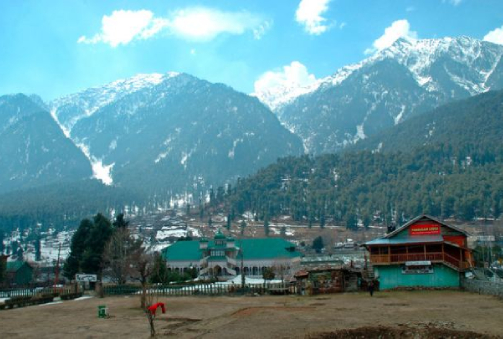
Day 4 Srinagar-Gulmarg-Srinagar (51 km, 1 hour and 40 minutes)After breakfast, depart for Gulmarg. (Altitude of 2,650 m)
We will start our countryside day trip towards Gulmarg. Gulmarg (2440 meters above sea level). It is one of the most beautiful hill stations and is also called “ Flower Gardens”. The journey through colorful villages and paddy fields gives you an insight into Kashmir's rich cultural past. We arrive at a small picturesque market town of Tangmarg and proceed on a 14 kilometer scenic drive to Gulmarg. Gulmarg has one of the best ski slopes in the world and the highest 18- hole golf course . We reach Gulmarg in the early afternoon and start a short drive around the meadow familiarizing ourselves with the beauty. At Gulmarg we will board the Gondola cable car (optional) and ascend towards the Afarwatt mountain range. The 08 minute cable car ride will take you past colorful hunting herders to the lower ridge of Afarwatt peak. From here you can click many photos of the nearby mountain ranges that stand tall like sentinels guarding the rich natural beauty of the Kashmir valley.
In the evening we will return to Srinagar.
Overnight in Srinagar.
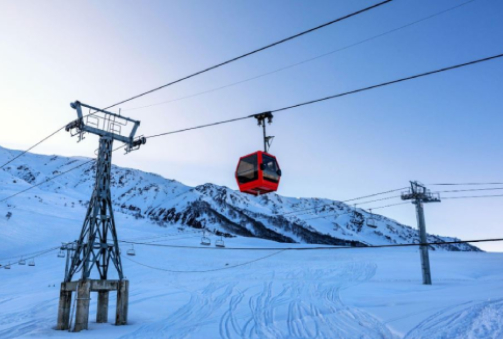
Day 5 Srinagar-Sonmarg-Dras-Kargil (202 km, 5 hours 10 minutes)After breakfast, departure for Kargil.
We visit along the way
Thajiwas Glacier: - Thajiwas glacier, which is located at a distance of 3 km from Sonamarg in Kashmir, is an exquisite beauty located at 3000 m above sea level covered with snow throughout the year.
Sonmarg (Altitude 2,730 m):- So, you can call Sonamarg as one of the most beautiful hill stations found in Kashmir. You will find it strongly characterized by snow-capped mountains and the existence of many glaciers, alpine meadows and lakes. You will simply love the view of the Himalayan glaciers.
Zozilla Pass (Altitude 3,528 m):- The pass connects Leh and Srinagar and provides an important link between the Union Territories of Ladakh and Kashmir. Zoji la is known as the "Blizzard Mountain Pass". The Zojila pass remains closed during winters due to heavy snowfall, cutting off the Ladakh region from Kashmir. In 2018, the Zojila tunnel project was launched.
Continuation to Drass.
Dras (Altitude 3,300 m): - Dras was formerly known as Hem-Bas. From 1846 to 1947, Jammu and Kashmir was a princely state in India, where Dras was part of the Kargil Tehsil of the Ladakh Wazarat. Subsequently, the place witnessed the British era. In 1947-48, Pakistan's Gilgit Scouts invaded the Kargil area but failed to occupy it. Once again, it came to the fore during the Kargil War in 1999, when the Pakistan Army's invasion led to a full-fledged war with India.
Tiger Hill (Altitude of 5,307 m) became famous during the 1999 Kargil war between India and Pakistan. It is a mountain in the Drass-Kargil area of Ladakh in India. At an altitude of 5,307 meters, it is one of the highest peaks in the region.
The Kargil/Drass War Memorial: - The Kargil War Memorial, also known as Dras War Memorial, is a war memorial built by the Indian Army in Dras town, near Kargil town in Kargil district of Ladakh, in India, to commemorate the 1999 Kargil War between India and Pakistan
Upon arrival in Kargil transfer to the hotel.
Overnight in Kargil.

Day 6 Kargil (Altitude 2676 m)After breakfast the day begins.
Hunderman village: - Hunderman is a small nondescript village located about 10 km upstream from Kargil city. It is said to be the last village in Indian territory which is located right near the Indo-Pakistan border.
Shargole cave Monastery: - Shargole cave monastery is located about 31 km from Kargil and is a place to see architectural marvel. As we approached the village we could see from afar a white structure attached to a yellowish-brown hill.
Mulbekh Monastery: - There are many things about Mulbekh Monastery that make it a popular tourist attraction in Kargil, one of which is its location. The other attraction is the 30-foot statue of Maitreya Buddha which is carved on a huge stone slab.
Overnight in Kargil.

Day 7 Kargil-Leh (210 km, 6 hours)After breakfast, depart for Leh.
Lamayuru monastery: - Lamayuru is known for its monastery and its "lunar landscape", strangely promoted as "lunar landscape" for tourists. The landscape is certainly stunning with its extraordinarily strange geological formations, although this is not unique to Lamayuru. Lamayuru Monastery is ancient, built in the "lunar landscape".
Indus-Zanskar Rivers (Altitude 3500 m):- Zanskar, mainly known for its unique Chadar Trek or Frozen River Trek, is accessible during winters. Apart from this, Zanskar is known for its treacherous terrain for adventure lovers, such as Padum-Darcha Trek, Lugnak Trail Trek and Zanskar-Sham Valley Trek are some of the treks that one can try.
Overnight stay in Leh.
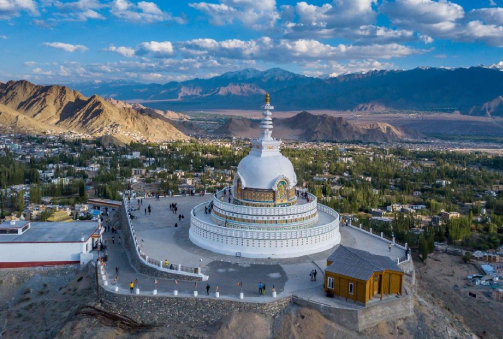
Day 8 Leh (Altitude 3500 m)After breakfast the day begins.
Shanti Stupa: - Shanti Stupda is also known as Vishwa Shanti Stupa. It is an important pilgrimage site for Buddhists. The impressive stupa is made of marble and there are brilliantly intricate statues of Lord Buddha here.
Leh Palace: - The roof of Leh Palace offers beautiful views of the Ladakh region and Stok Kangri. With huge wooden walls and balconies, it is a fine example of medieval Tibetan architecture and boasts nine floors. The entrance to the palace is decorated with wooden carved figurines.
Shey :- Situated on the eastern bank of the Indus River, the small village Shey is located about 15 km from Leh. The place is famous for the ancient palace and monastery. Shey Palace was the residence of the royal family built in the 17th century. Furthermore, you can see the ruins of a fortress above the palace. Shey Monastery also has a three-story image of Sakyamuni Buddha made of gilded copper.
Thiksey Monastery: - Situated atop a hill, the monastery is an excellent example of Ladakhi architecture. This contains several stupas, statues, thangkas, wall paintings and a large pillar depicting the teachings of the Buddha.
Hemis Monastery: - Built in 1630, this is the largest and most famous monastery in Ladakh. It is located at a distance of 49 km from Leh and 30 km from Thiksey.
Stok: - This is a small village located at a distance of 14 km from Leh. Stok Palace and Stok Monastery are the main attractions of this place. Stok Palace is now the residence of members of the royal family.
Overnight in Leh.
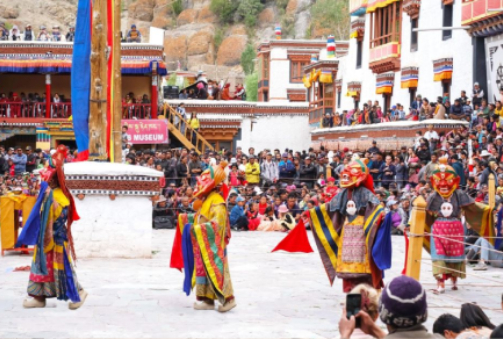
Day 9 Leh-Khardung La-Diskit-Hunder (125 km, 3 hours and 35 minutes)After breakfast, departure for Hunder.
En route we visit Khardung La Pass
Khardung La Pass (Altitude 5349 m): - Khardung La Pass is a gateway to some of the most enchanting and unexplored landscapes. This famous mountain pass is very popular among adventurers and regular tourists alike. Located in the Leh district of the Indian Union Territory, Khardung La is located at an altitude of 5,359 metres. It is considered the highest pass in the world. Historically speaking, Khardung La is quite significant as it is located on the main caravan route connecting Leh to Kashgar in Central Asia.
Diskit (Altitude 3142 m): - Belonging to the 14th century, this monastery is considered to be the largest and oldest monastery in the Nubra Valley. Also known as Diskit Gompa, the most prominent attraction of the monastery is the huge Maitreya Buddha statue at the top, which was inaugurated by His Highness Dalai Lama.
Maitreya Buddha: - 32-meter-high statue of Maitreya Buddha facing the Shyok River. This statue was built recently, with 8 Kg of gold which was donated by the head of the Gompa and was sanctified by the Dalai Lama on 24 July 2010. It is said that this statue was built to protect the village from wars and promote peace in the world.
Overnight in Hunder.
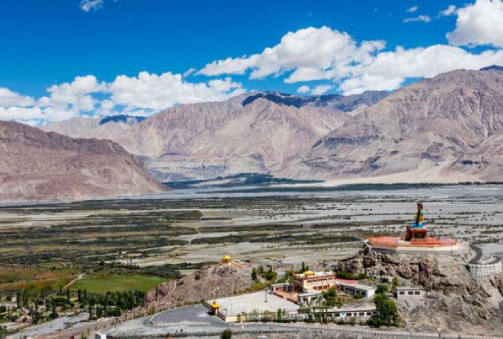
Day 10 Hunder-Sumur-Panamik-Nubra Valley (89 km, 2 hours and 40 minutes)After breakfast, departure for Nubra Valley.
Hunder (Altitude 3160 m): - Hunder village situated like an oasis in the cold desert of Nubra valley in the state of Jammu and Kashmir. The beautiful silver sand dunes are located at an altitude of 4000 m and are bordered by snow-capped mountains.
Along the way visit Sumur.
Samstanling Monastery: - Samstanling Monastery was founded by Lama Tsultim Nima almost 140 years ago and is home to around 50 monks. There are two assemblies inside the monastery, and both are adorned with murals, paintings of Buddha, 4 heavenly kings and other guardians.
Yarab Tso :- The sacred Yarab Tso Lake, often referred to as 'the hidden lake', is Ladakh's best kept secret. Located near Sumur village, about 15 km from Diksit in Leh Ladakh region, this beautiful lake can be reached only by walking uphill for 20 minutes.
Panamik village (Altitude 4225 m): - Panamik is the last frontier village of India which is located near the Indo-Tibetan border. It is the only spa village in India. The hot spring here has separate pools for men and women, and there are booths for showering and changing.
Overnight in Nubra Valley.
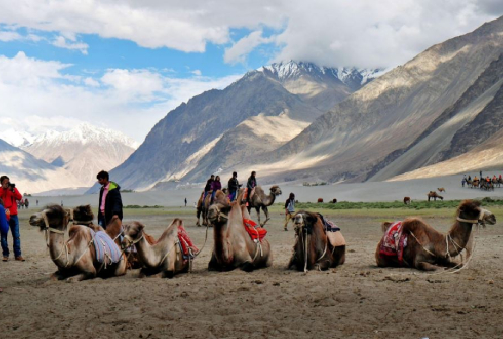
Day 11 Nubra Valley-Turtuk-Nubra Valley (83 Km, 2 hours) (Altitude 3000 m)After breakfast.
Bactrian Camel Safari in Hunder sand dunes: - Nubra Valley is famous for Bactrian Camel Safari. These camels are known for their two humps, rather than the one-humped camels that are usually seen. They were the main means of transportation for traveling on the Silk Road. These are now used for safari in the region is extremely popular among tourists.
Departure for Turtuk.
Turtuk Village: - Turtukis a small village located in the Nubra Valley region of Ladakh on the banks of the Shyok River. It is the northernmost village of India which is located very close to the India-Pakistan border in the Baltistan region. Turtuk is an unexplored and unusual place, only opened to tourists in 2010. There is not much to do in Turtuk apart from trekking and visiting the 2 monasteries and the Royal House. The picturesque village with its tiny houses and fields is surreal.
Overnight in Nubra Valley.

Day 12 Nubra Valley-Shyok-Pangong (277 km, 6 hours 50 minutes)After breakfast, departure for Pangong.
Along the way visit Shyok (Altitude 3700 m)
We will start the day by following the same route towards Leh until reaching Khalsar. From Agyam Bridge, we will take the left road which takes us to the villages of Shyok and Durbuk. The route is little used for commuting, so you won't find heavy traffic on any day.
Upon arrival, transfer to the hotel
Overnight in Pangong.
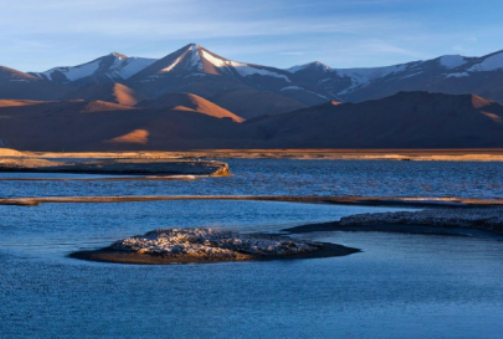
Day 13 Pangong-Leh (240 km, 7 hours)After breakfast, depart for Leh.
Pangong Lake (Altitude 4225 m) :- Pangong Lake one of the largest and most beautiful natural brackish lakes in the Himalayas. Located at 14,000 feet, more than half of the lake is within Chinese territory and only a third is in India. Explore the lake area, you might catch some rare wildlife. .
Overnight in Leh.
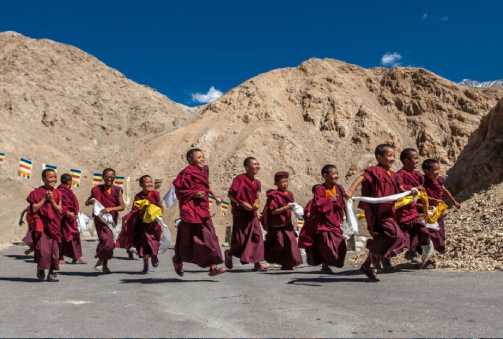
Day 14 Leh-Alchi-Likir-LehAfter breakfast the day begins.
Departure for Alchi and visit (Altitude 3100 m)
Magnetic Hill: - Magnet Hill is a gravity hill located near Leh in Ladakh, India. The layout of the area and the surrounding slopes create the optical illusion of a hill. The hilly road is actually a downhill road. Objects and cars on the hilly road may appear to roll uphill defying gravity when, in reality, they are rolling downhill.
Gurudwara Patthar Sahib: - Situated on the outskirts of Leh on the Leh-Kargil road is the Gurudwara Pathar Sahib, built in memory and honor of Guru Nanak. This place of worship is associated with a very important event in the history of the Sikh religion.
Spituk mandir (Altitude 3307 m):- Spituk has three branches: Stok, Sankar and Saboo monastery. The monastery began as a pat of the Kadampa order (Red Hat sect) but later entered the fold of the Gelugpa order (Yellow Hat sect). The monastery currently houses around 100 monks. It has many ancient shrines, idols, frescoes and religious scriptures.
Likir (Altitude 3520 m) :- Likir Monastery was first built in the 11th century and was rebuilt in the 18th century, and currently has a 25 feet (7.6 m) tall gold-covered Buddha statue. It is occupied by monks of the Gelukpa order. It is located 52 km from Leh.
Overnight in Leh.
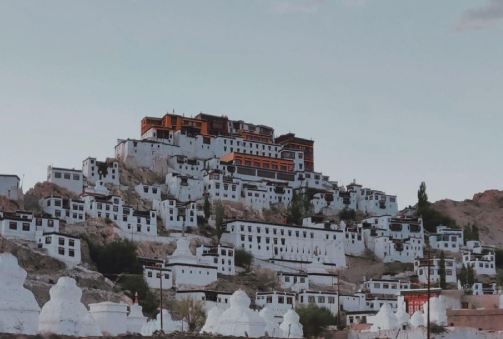
Day 15 Leh – Next destinationTransfer to the airport
Ciao India Tours wishes you a good trip.
Inclusions:
- 14 nights’ accommodation in 3/4 star/Heritage hotels (Half board) with breakfast and dinner, including all existing taxes.
- All transfers from the airport to the hotel and vice versa.
- Meeting and assistance upon arrival/departure from our representative at the airport.
- Transfers, sightseeing, excursions as a program with car.
- One bottle of water per person every day.
- All taxes included.
Exclusions:
- Visa, health insurance, cancellation of flights, trains, tip, tourist guide, monument ticket, activities, personal expenses, camera etc.
- Everything that is not part of the inclusions.
